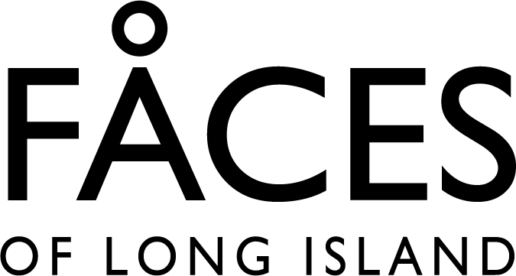‘Cement has a history that goes back thousands of years. It amazes me to see what I have done here in cement.’
Rocky Point
“This started when I was young. I was about 10 years old. This is 1941, the beginning of World War II. A neighbor two doors down from my house, was always building with concrete. I thought that was great! I’d run over to him and help, trying to mix cement — but I’m only 10 years old. It went on and on, and he got to like me and called me to come and help him do different things with cement. I always think back and say, ‘That was the seed that was planted in me.’ One day, in 1966, we were driving by here and the real estate was for sale. I looked over my shoulder and I said to my wife, ‘That’d be interesting. Why don’t we buy it?’ It was an old house, but it was livable.
“We moved in, and I started making different things and buying statues and selling them. I was familiarizing myself with the whole business, not knowing nothing about it. As the years passed, I learned mold making…It was all self-taught. It took a long time, but we got this thing going. Now, there’s about 2,000 different pieces in this yard. Back in the ’50s, I started to lose my sight. I got back from the Korean War and picked up uveitis. I still have peripheral vision, but find the more detailed work I can’t do.
“We just started making skulls, and I was surprised to see the interest people had in them. There’s a little statue of Elvis. There’s one of John Paul. This lady brought this mermaid in that was cast iron, and it was old and needed repair. So, I repaired the statue, and then I looked at it and I said, ‘Why don’t we make this in concrete?’ And I copied the mold. I had to improve it where it was delicate and would break.
“Oh my God, there’s so much I could show and teach you. Cement has a history that goes back thousands of years. It amazes me to see what I have done here in cement. A lady enjoyed a bird bath for 40 years. And that was a simple concrete bird bed. That was such a part of her life. Taking care of the birds. The stories I hear about how people come home, and they see something in their yard, and it just gives them a sensation of relaxation. Just approaching the house and seeing a statue of David, a lion or whatever it may be. They’re home and they’re with their statue.”
“One day, a lady came out here and she said, ‘I’m looking for a bagel.’ I said, ‘A bagel? What do you want to do with a bagel?’ She said, ‘Well, every time I’d go to Brooklyn, when I was young, I’d go see my grandmother and she would make us a lox bagel. So, my grandmother died, and I always think of the lox bagel. If I had a bagel, I could put it by her grave.’ Sure enough, I make bagels in concrete! And she loved me. She was the happiest girl in Rocky Point! She bought the bagel, and she took it to her grandmother’s grave and put it on the gravestone.
“Through the years, I’ve heard a lot of stories. Someone came in and saw a statue in the yard and started crying. I asked, ‘What are you crying for?’ They said, ‘That was the statue in my grandfather’s yard that I used to play next to when I was young.’ I’m anxious to get here the next morning and continue. If I didn’t have this, I don’t know. I keep thinking of these people in nursing homes. What would I be doing, playing bingo? What would I be waiting for? Cocktails at 5? There’s nothing wrong with a cocktail. But to stand around and wait for 5 o’clock, that’s ridiculous. So I come here, and I work until 5. I go home and then I eat a dish of pasta and get all charged up again.
“Getting to work with the kids, that’s the best enjoyment, teaching them, showing them. I was amazed at how many hundreds of kids that have worked here. They became policemen, doctors and lawyers and priests. There’s a local priest on Long Island; he stops by. The other day, the mother of two children who worked here came in. They’re now 28 and 29 and both engineers involved in structural work and cement. They feel like my grandchildren. They worked here, now they’re off into the future. I wish they would put the trades in school again. Give me five acres across the street in those woods and I would put up a nice trade school. You know how many other people would love to help me? If it can be done before I die. Kids could use their hands. Your head is no good without your hands. And your hands are no good without your head. What a combination. It gives me great pleasure that I can show the kids the gift of their hands.”
Interviewed by Jay Max
